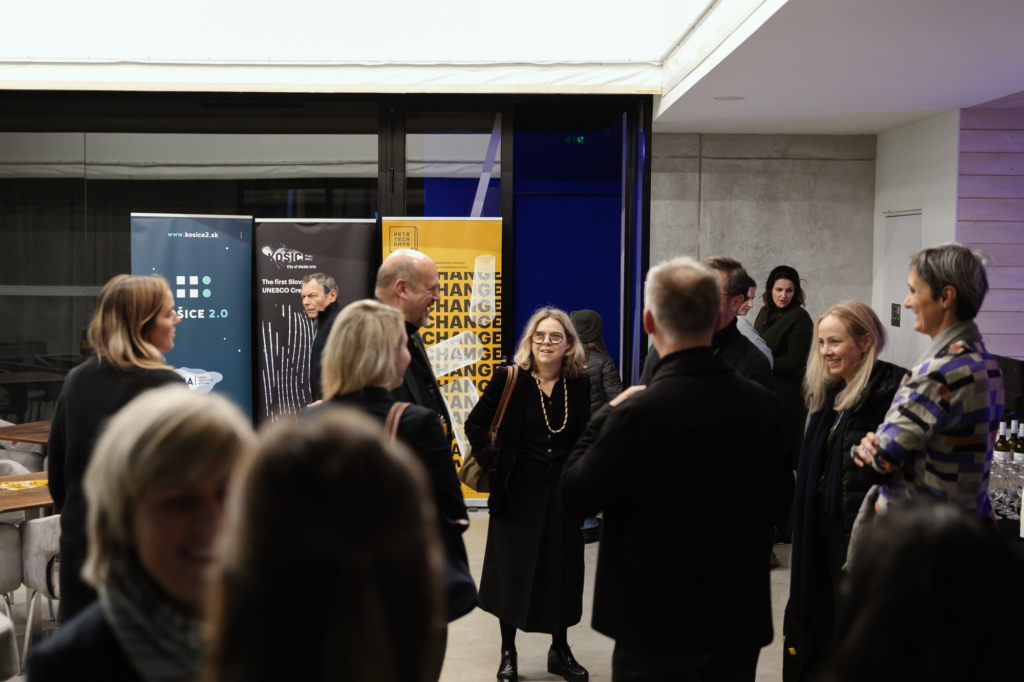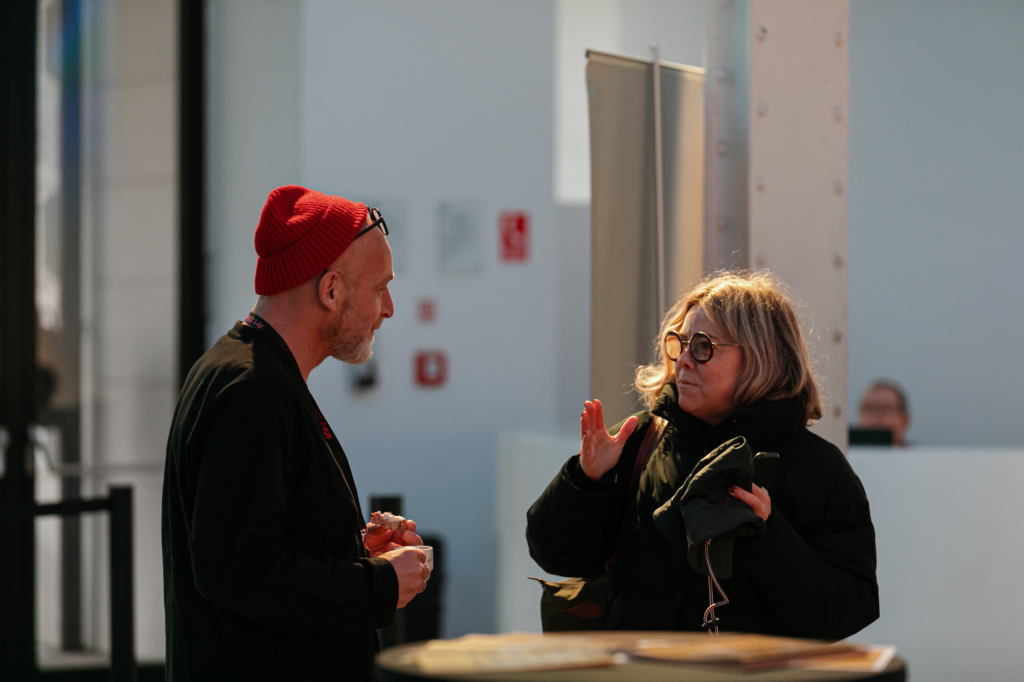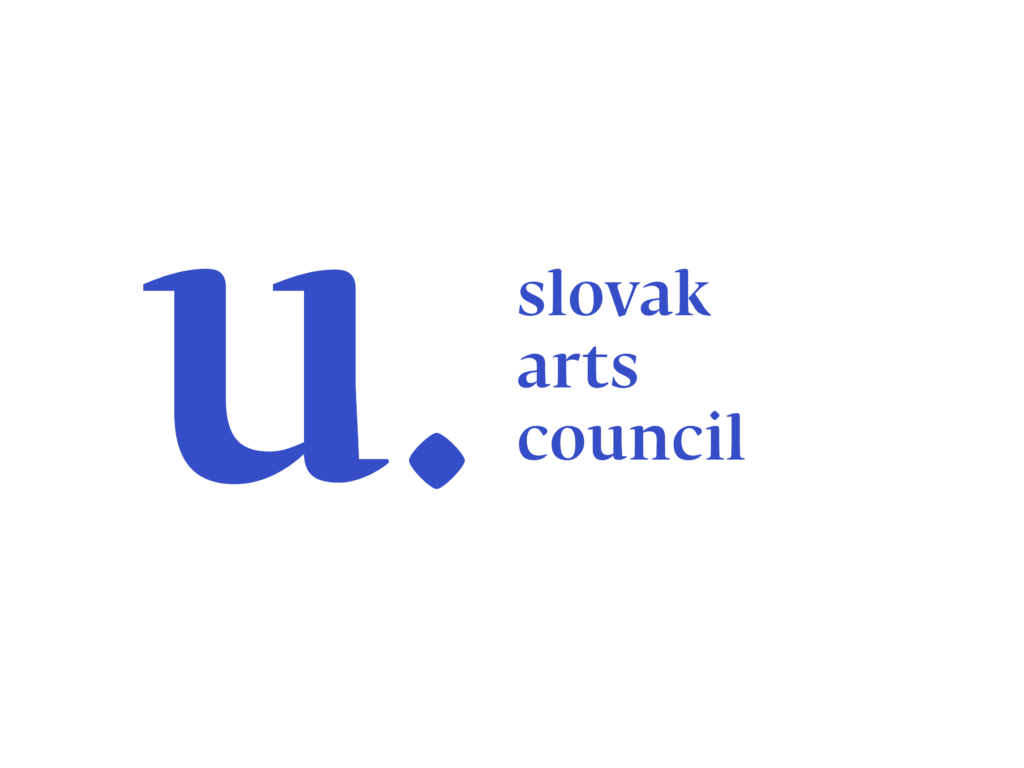The community ownership of the opportunity to innovate
Joana Miranda is an accomplished professional with a wealth of experience in the media industry. She is a new media strategist and training expert, as well as a creative media producer and educator. Over the past five years, Joana has served as the Executive Coordinator of the media arts program of Braga membership in UNESCO Creative Cities network. In this position, she has been responsible for managing the development and execution of the Creative City media arts program in the city, which encompasses a wide range of activities such as an educational and training program, an art and tech Biennale, an internationalization program for researchers and entrepreneurs, among others. She has visited Kosice on several occasions, working together with Creative Industry Kosice on media arts and urban transformation related projects.
Braga, a city, is a member of the UNESCO Creative Cities network. What does it mean for a city to be creative? Creative communities? Creative neighbourhoods? Creative institutions?
Braga is a medium-sized city located in northern Portugal with a population of around 200,000. It has a rich history dating back to its foundation and is known for its culture and heritage. In the latter part of the 20th century, Braga saw the emergence of a new generation of artists, professionals, and entrepreneurs interested in technology, science, and the arts. This helped shape how the city saw itself and how others perceived it and played a significant role in its ability to reinvent itself. New cultural and creative organizations and businesses connected to digital technologies were created to support this innovative ecosystem, fostering cross-fertilization with other sectors and networks. This scenario actively contributed to the city being associated with a vibrant arts and technology scene.
This energy helped foster a culture of experimentation and risk-taking, encouraging individuals, organizations, artists, and creatives to try new things and embrace the opportunity to innovate.
So, when you ask me what it means for a city to be creative is one that encourages and fosters creativity and innovation in all sectors of society, including the arts, education, business, and government. This can involve supporting local artists and entrepreneurs, investing in educational programs and infrastructure, and implementing policies that promote equity and inclusivity. Additionally, a creative city may have a rich history and diverse population that contribute to a unique and dynamic cultural identity.
How do you bring creativity to the city?
This requires creating an inclusive and supportive environment that embraces diverse perspectives and viewpoints. Braga tries to foster a culture of innovation and collaboration by encouraging the exchange of ideas and supporting cross-disciplinary projects. This can involve hosting events and workshops, creating spaces for collaboration, and promoting partnerships between different sectors.
A significant driver was the Braga 2030 cultural strategy adopted by the city council in October 2020 after an extensive consultation and cooperation process and a five-year effort to become the European Capital of Culture in 2027. Although the city was not chosen, this process resulted in a powerful cultural action strategy, increased awareness, and significant investment in its creative ecosystem.
Integrating culture and creativity into the city’s sustainability strategy was also a crucial aspect of the pursuit of the 2030 Agenda. This process was further advanced when the city joined the UNESCO Creative Cities Network, which became one of the main pillars of this process. However, it is essential to understand that being a creative city is not a one-time achievement but rather an ongoing process that requires ongoing support and investment in the arts, culture, and creativity.

Is innovation only something that brings new economic values, or are we also talking about social and community innovation?
Over the past few years, the discussion and policy focus on the role of culture and creativity in sustainable development has grown significantly at the global, national, and regional levels. This trend highlights the undeniable recognition of the cultural and creative sectors as significant contributors to social and economic development and their multifaceted impact on the resilience, well-being, and prosperity of countries, regions, and cities.
To effectively support the innovation of businesses and entrepreneurs in the cultural and creative sectors, it is necessary to understand the unique challenges they face in accessing finance, developing business models, implementing growth and internationalization strategies, and navigating complex legal and regulatory frameworks. These challenges are specific to these sectors and must be recognized to provide adequate support.
In today’s network society, there is a significant role for individuals and organizations known as “switchers,” as described by Manuel Castells, who connect different networks. Connecting with other organizations and individuals can help facilitate this exchange of ideas and knowledge and foster a culture of innovation.
So cities should encourage collaboration and inclusivity, creating spaces and opportunities for people to come together and collaborate and help foster a sense of community and promote the exchange of ideas. It is crucial to promote a sense of community ownership and encourage people from different backgrounds and sectors to work together towards common goals.
This can be done through programs and initiatives that facilitate dialogue and collaboration. In our context, we encourage a culture of innovation by supporting events, festivals, and conferences that promote innovation and creativity, mainly through artistic, educational, and training projects that help create an environment where new ideas are welcomed and celebrated.
A city can attract and retain talented individuals and businesses by fostering a culture of innovation, which indeed leads to increased economic growth and development.
How does Braga as a city approach developing and supporting a creative ecosystem in the city, connecting education, working with young people, businesses, etc.?
By investing in a comprehensive cultural strategy until 2030, Braga could accurately identify the city’s needs and priorities and secure and provide funding and resources that helped foster a sense of community and support for creative endeavours.
Creative professionals often rely on networking and collaboration to find new opportunities and build their careers. The city supports this by creating events, supporting cultural organizations that promote access to education and training programs, and other opportunities for creative professionals to connect and collaborate.
The city encourages and fosters creativity and innovation in all sectors of society, including the arts, education, and businesses. This involves supporting local artists and creative entrepreneurs with grants and internationalization programs, mainly by providing funds and resources for research and development to organizations and individuals that explore new ideas, new technologies, and the intersection of technology and the arts.
Furthermore, the city offers a comprehensive and dynamic education and training program that serves all members of the educational community, from young children to university and postgraduate students and educators. In addition to these publicly supported initiatives, the city also offers programs for the broader community emphasizing inclusivity, including seniors and institutions serving individuals with intellectual disabilities or other specific needs for integration.

Braga and Kosice had a couple of joint projects in the last couple of years. What do you find attractive in Kosice’s approach that can be Braga’s takeaway from that cooperation?
In Braga, we have found great value in collaborating on joint projects with other cities in the UNESCO Creative Cities network. One city that particularly stands out to us is Kosice, with its thoughtfully planned and focused approach to developing and promoting the city nationally and regionally. We appreciate the wealth of experience that Kosice brings, having previously been the European Capital of Culture and being part of numerous networks related to innovation, culture, and creativity. Not only has Kosice demonstrated solid organizational capabilities and the ability to attract high-level invitees to its events, but it also has a strategic vision that aligns with the priorities of the city and Europe. These factors make Kosice a valuable source of learning and inspiration for Braga.
Invisible Mag is supported using public funding by Slovak Arts Council. The Slovak Arts Council is the main partner of the project.

